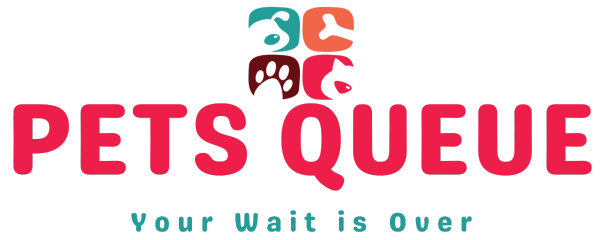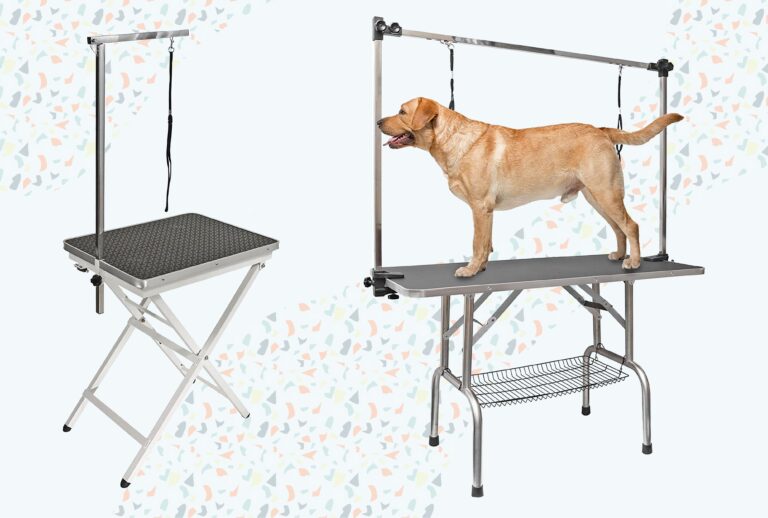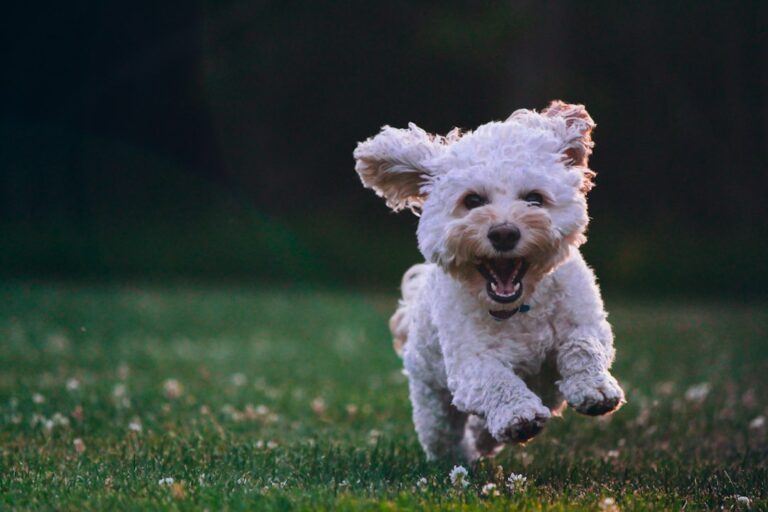What Happens When Dogs Get Anxious or Aggressive During Grooming? Mastering the Session.
If your dog is anxious or aggressive during a grooming session, it can lead to potential safety risks for both the dog and the groomer. To ensure a safe and successful grooming experience, it is important to address and manage your dog’s anxiety or aggression before the session begins.
An anxious or aggressive dog may exhibit behaviors such as growling, snapping, or biting during grooming. This can make it difficult for the groomer to perform necessary tasks such as trimming nails or cleaning ears. It is essential to prioritize the well-being of your dog and take appropriate steps to address their anxiety or aggression before scheduling a grooming session.
This may involve seeking professional help from a dog trainer or behaviorist to work on behavior modification techniques. Additionally, you can consider alternatives such as mobile grooming services or sedation under the guidance of a veterinarian to ensure a stress-free grooming experience for your dog.

Credit: www.socialanimalk9.com
Understanding Dog Anxiety And Aggression
During a grooming session, it is important to understand what happens if your dog becomes anxious or aggressive. These behaviors can be signs of fear or discomfort, and it’s crucial to address them with patience and empathy to ensure a positive experience for your furry friend.
Understanding Dog Anxiety and Aggression
Dog grooming sessions are meant to be a pleasant and relaxing experience for our furry friends. However, some dogs may exhibit signs of anxiety or aggression during grooming, which can be concerning for both the pet owner and the groomer. In order to handle these situations effectively, it is important to have a thorough understanding of dog anxiety and aggression. In this section, we will explore the causes and signs of both anxiety and aggression in dogs to help you better identify and address these behaviors.
Causes Of Dog Anxiety
There can be various factors that contribute to dog anxiety during grooming sessions. Recognizing these causes is crucial in managing and addressing the anxiety effectively. Some common causes of dog anxiety include:
- Previous traumatic experiences – Dogs may develop anxiety if they have had negative experiences during grooming in the past.
- Lack of socialization – Dogs that have not been adequately socialized may feel overwhelmed or fearful in unfamiliar grooming environments.
- Separation anxiety – Dogs with separation anxiety may exhibit anxious behaviors during grooming as they are separated from their owners.
- Noise or harsh handling – Loud noises or rough handling during grooming can trigger anxiety in some dogs.
Signs Of Dog Anxiety
It is crucial to recognize the signs of dog anxiety during grooming sessions to address them promptly and ensure the well-being of your furry companion. Look out for these common signs of dog anxiety:
- Panting excessively
- Trembling or shaking
- Pacing or restlessness
- Excessive barking or whining
- Attempts to escape or hide
- Dilated pupils
- Excessive drooling or licking of lips
- Lack of appetite
Causes Of Dog Aggression
While it is essential to understand dog anxiety, aggression can also be a concern during grooming sessions. Identifying the underlying causes of dog aggression is the first step in effectively managing it. Some potential causes of dog aggression during grooming may include:
- Fear or anxiety – Dogs may become aggressive as a defense mechanism when they feel threatened or scared.
- Pain or discomfort – Dogs in pain or discomfort may display aggression as a means of self-protection.
- Territorial or possessive behavior – Some dogs may exhibit aggression when they feel their personal space or belongings are being infringed upon.
- Protective instincts – Dogs may become aggressive if they perceive a threat to their owner or themselves.
Signs Of Dog Aggression
Swift identification of dog aggression during grooming sessions is essential to prevent any potential harm to the groomer or the dog itself. The following signs may indicate dog aggression:
- Growling or snarling
- Baring teeth or snapping
- Stiff body posture
- Intense staring or wide eyes
- Lunging or biting
- Flattened ears
- Hackles raised (hair standing up along the back)
Understanding the causes and signs of dog anxiety and aggression is vital for maintaining a safe and pleasant grooming experience. By being aware of these behaviors, pet owners and groomers can take appropriate measures to address them effectively, ensuring the well-being of our beloved furry friends.
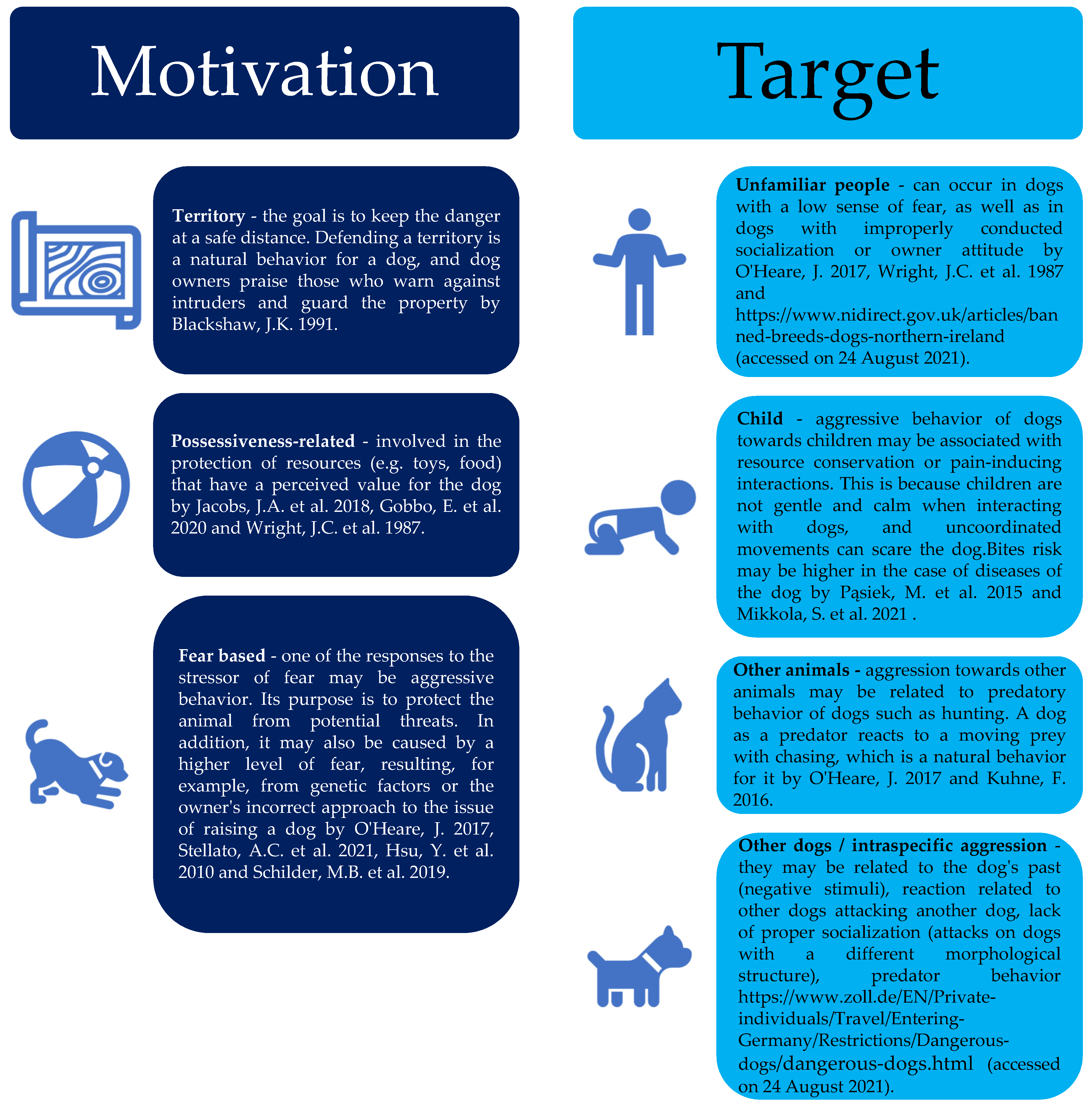
Credit: www.mdpi.com
Addressing Dog Anxiety And Aggression In Grooming Sessions
Grooming is an essential part of caring for your furry friend. However, for some dogs, the grooming session can be a source of anxiety and aggression. It’s important to address these issues properly to ensure both the dog’s well-being and the groomer’s safety. In this section, we will discuss effective strategies for managing and mitigating anxiety and aggression during grooming sessions.
Creating A Calming Environment
Creating a calming environment is crucial in helping dogs feel more relaxed during grooming sessions. Here are a few key steps to take:
- Ensure the grooming area is quiet and free from distractions.
- Use soft lighting to create a soothing atmosphere.
- Play calming music or use white noise to drown out any stressful sounds.
- Utilize calming aromatherapy products, such as lavender or chamomile, to promote a sense of relaxation.
Building Trust And Establishing A Positive Association
Building trust and establishing a positive association with the grooming process can help alleviate anxiety and aggression. Here’s how groomers can achieve this:
- Allow the dog to explore and get familiar with the grooming area before the session begins.
- Offer treats and praise throughout the grooming process to reinforce positive behavior.
- Take breaks if needed, allowing the dog to relax and regroup.
- Avoid rushing or forcing the dog into uncomfortable positions.
Using Desensitization And Counterconditioning Techniques
Desensitization and counterconditioning techniques can be valuable in helping dogs overcome their anxieties and aggressive tendencies. Consider the following approaches:
| Desensitization | Counterconditioning |
|---|---|
| Gradually expose the dog to grooming tools and equipment. | Pair the grooming session with something the dog enjoys, like treats or playtime. |
| Start with brief handling sessions and gradually increase the duration. | Associate the grooming area with positive experiences by providing rewards and praise. |
| Focus on positive incremental progress, rewarding calm behavior and gradually decreasing anxious responses. | Monitor the dog’s body language and adjust the grooming process accordingly. |
Implementing Behavior Modification Strategies
In some cases, more extensive behavior modification strategies may be necessary to address severe anxiety or aggression during grooming sessions. Consult with a professional dog trainer or behaviorist for guidance on implementing techniques such as:
- Counterconditioning and desensitization exercises tailored to the specific triggers or stimuli causing anxiety or aggression.
- Positive reinforcement training to teach alternative calm behaviors.
- Systematic desensitization by gradually exposing the dog to grooming scenarios and rewarding relaxed behavior.
- Using calming aids, such as anxiety wraps or pheromone diffusers, as recommended by a veterinarian.
By following these strategies, groomers can help dogs with anxiety and aggression have a more positive and stress-free grooming experience. Always prioritize the well-being and safety of both the dog and the groomer, and be patient as it may take time for the dog to adjust and overcome their challenges.
Mastering The Grooming Session
Grooming sessions are important for keeping your furry friend clean, healthy, and looking their best. However, some dogs may exhibit anxiety or aggression during the grooming process, making it a challenging experience for both the dog and the groomer. If your dog falls into this category, don’t worry – there are ways to overcome these challenges and ensure a successful grooming session. In this article, we will explore some strategies for mastering the grooming session and address common concerns related to anxiety and aggression.
Working With Professional Dog Groomers
Collaborating with professional dog groomers is crucial when dealing with an anxious or aggressive dog during grooming. These experts are trained to handle such situations and have the necessary skills and knowledge to make the experience as comfortable and stress-free as possible for your pup.
When selecting a groomer, look for someone with experience handling dogs with similar traits or issues. Discuss your dog’s behavior with the groomer beforehand, providing relevant information about their anxiety triggers or aggression triggers. This will help the groomer prepare and adapt their approach accordingly.
Moreover, professional groomers have access to specialized equipment and techniques that can assist in calming anxious dogs. For instance, they may use low-noise clippers or introduce relaxation techniques like soft music or aromatherapy during the grooming session.
Understanding Breed-specific Grooming Needs
Every breed has specific grooming needs, and understanding these requirements is essential when dealing with an anxious or aggressive pup. Some breeds have sensitive skin or require extra care when handling certain areas of their bodies.
| Breed | Grooming Needs |
|---|---|
| Labrador Retriever | Regular brushing, nail trimming, and bathing |
| Poodle | Regular trimming, haircuts, and ear cleaning |
| Golden Retriever | Regular brushing, nail trimming, and bathing |
By familiarizing yourself with the specific grooming needs of your dog’s breed, you can ensure that the grooming session is tailored to their requirements and minimize any potential anxiety or aggression triggers.
Practicing Regular Maintenance And Familiarity
One effective strategy for managing anxiety or aggression during grooming is to establish a routine of regular maintenance and familiarity. Get your dog accustomed to being touched and handled from a young age, starting with gentle touches and gradually introducing grooming tools.
By incorporating gentle brushing, nail trimming, and other grooming practices into your dog’s daily routine, they will become more comfortable with these activities over time. Gradually increase the duration and intensity of the grooming sessions as your dog becomes more familiar and comfortable.
Ensuring Safety Measures And Equipment
Ensuring safety during the grooming session is of utmost importance when dealing with an anxious or aggressive dog. Use appropriate safety measures and equipment to protect both you and your pup.
Make sure you have a sturdy grooming table or surface that provides stability and minimizes the chances of your dog slipping or falling during the grooming process. Additionally, using grooming restraints or harnesses can help keep your dog secure and prevent any sudden movements that may lead to accidents.
- Use slip-resistant mats or towels on the grooming table
- Keep sharp grooming tools safely stored when not in use
- Choose appropriate grooming restraints or harnesses for your dog’s size and behavior
- Keep a first aid kit handy in case of any minor accidents
- Regularly inspect and maintain grooming equipment for safety
By implementing these safety measures and using the right equipment, you can ensure a safe and comfortable grooming session for both you and your anxious or aggressive pup.
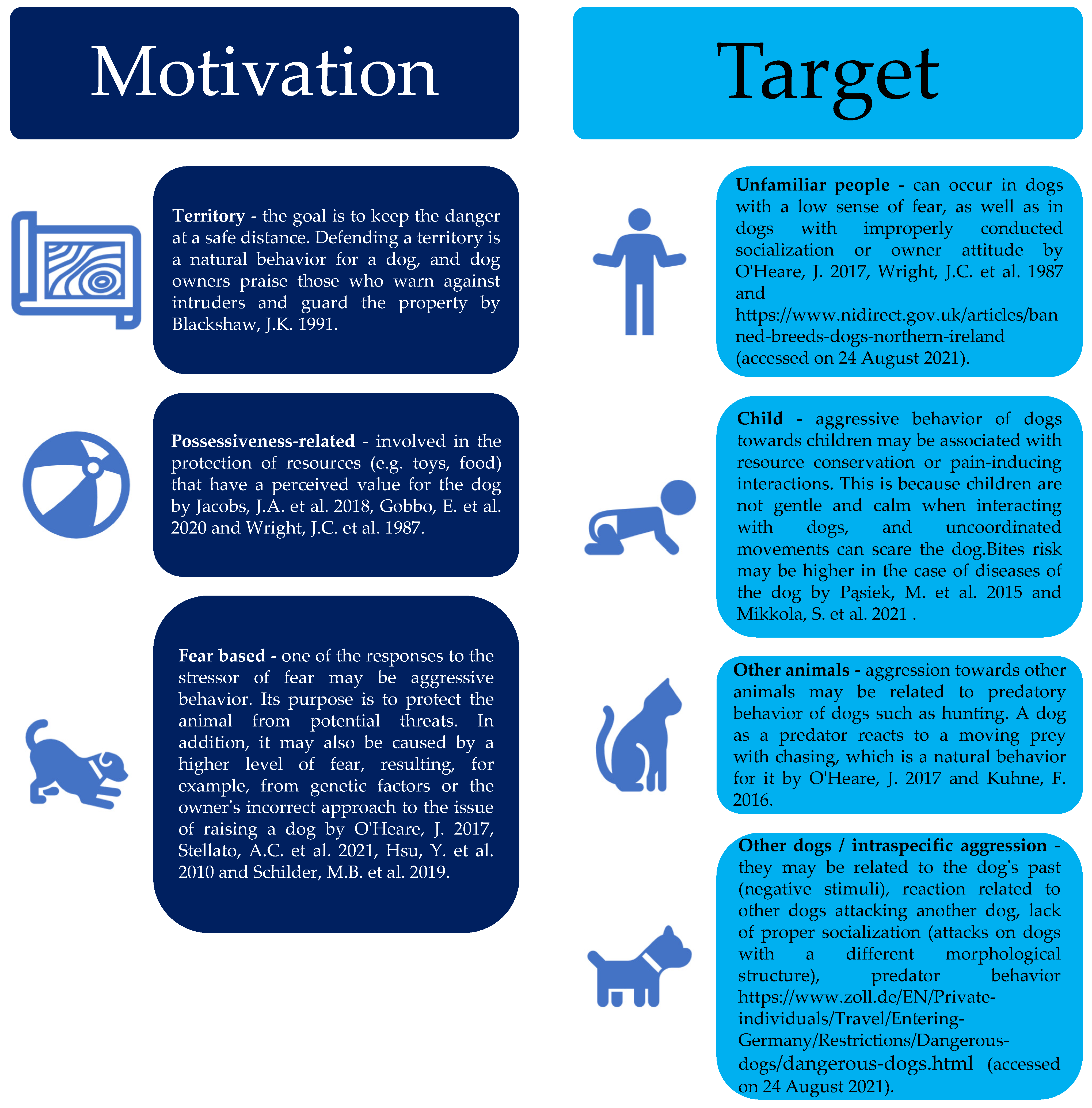
Credit: www.mdpi.com
Frequently Asked Questions For What Happens If My Dog Is Anxious Or Aggressive During The Grooming Session?
What Are The Signs Of Anxiety Or Aggression In Dogs During Grooming?
Signs of anxiety or aggression in dogs during grooming may include excessive panting, barking, growling, snapping, or attempting to bite. Other signs can be trembling, avoiding eye contact, or trying to escape. It is essential to address these behaviors to ensure your dog’s safety and a positive grooming experience.
How Can I Help My Anxious Or Aggressive Dog During Grooming Sessions?
To help your anxious or aggressive dog during grooming, try desensitization exercises at home, gradually introducing them to grooming tools and procedures. Consider positive reinforcement training and seeking professional help from a certified dog trainer or behaviorist. Additionally, using calming techniques such as aromatherapy or pheromone sprays may help alleviate anxiety.
Should I Muzzle My Anxious Or Aggressive Dog During Grooming?
Muzzling an anxious or aggressive dog during grooming can be a safety measure to prevent bites and injuries. However, it is crucial to introduce the muzzle positively and gradually, associating it with rewards and pleasant experiences. It’s recommended to consult a professional groomer or trainer for proper guidance on using a muzzle and managing your dog’s anxiety or aggression effectively.
Conclusion
To ensure a successful grooming session for your anxious or aggressive dog, it’s crucial to choose a professional groomer experienced in handling such behavior. Open communication with the groomer about your dog’s anxiety or aggression will allow for a tailored approach and the use of calming techniques.
Furthermore, providing positive reinforcement and desensitization training can help ease your dog’s anxiety in future sessions. Remember, a patient and understanding grooming experience is key to maintaining the overall well-being of your furry friend.
